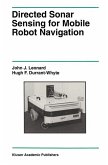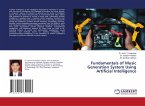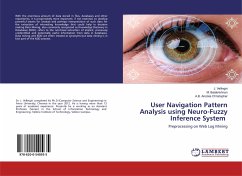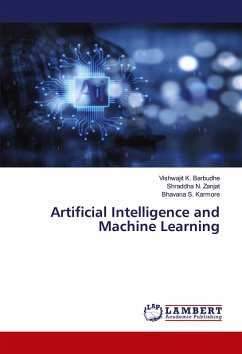A robot is a controlled manipulator, capable of performing complex tasks and decision making like the human beings. In early 1970's, robots were mostly used in mechanical industry for pick-up and placement jobs. These robots usually had a number of arms linked in a fashion looking like a humanoid with a freedom of control around the waist, the shoulder, the elbow and the wrist region of a human. The wrist region was terminated with two grippers with the provision for automatic close and open mechanism. The 1980's has seen a significant impact in mobility management of robots. Several types of robots were evolved during this period to realize the power of locomotion, translation and aeronautical prowess of the new devices. Since 1990's, the researchers in robotics took active interest to merge the main stream research in robots with the so called revolutionary theories of Artificial Intelligent (AI). The marriage between AI and robotics gave birth to different varieties of intelligent robots that could act and think like the real humans.
Bitte wählen Sie Ihr Anliegen aus.
Rechnungen
Retourenschein anfordern
Bestellstatus
Storno








